Sergei Rachmaninoff’s Piano Concerto No. 2 in C minor, Op. 18, stands as one of the most towering achievements in the Romantic piano repertoire. Composed between 1900 and 1901, the concerto emerged from a period of profound personal struggle for the composer, following the disastrous premiere of his Symphony No. 1. The work is often interpreted as a musical representation of Rachmaninoff’s journey from despair to triumph, a narrative that resonates deeply with listeners even today. Its lush harmonies, sweeping melodies, and virtuosic demands have cemented its place as a cornerstone of classical music.
The concerto opens with a series of solemn, bell-like chords in the piano, evoking an atmosphere of introspection and melancholy. These chords, growing in intensity, set the stage for the orchestra’s dramatic entrance. The first movement, Moderato, unfolds with a sense of yearning, as if the music is searching for something just out of reach. The interplay between the piano and orchestra is masterful, with Rachmaninoff weaving intricate textures that alternate between fragility and overwhelming power. The movement’s climax, a cascading torrent of notes, feels like a cathartic release of pent-up emotion.
In the second movement, Adagio sostenuto, Rachmaninoff shifts to a more intimate and lyrical soundscape. The piano introduces a tender, almost fragile melody, accompanied by lush string harmonies. There is a sense of vulnerability here, as if the composer is baring his soul. Yet, even in its quietest moments, the music carries an undercurrent of strength. The middle section introduces a more agitated theme, suggesting inner turmoil, before returning to the serene beauty of the opening. This movement is often described as one of the most achingly beautiful pieces of music ever written, a testament to Rachmaninoff’s gift for melody.
The finale, Allegro scherzando, bursts forth with unbridled energy, dispelling the shadows of the previous movements. Here, Rachmaninoff combines technical brilliance with infectious rhythmic drive, creating a sense of jubilant resolution. The piano dances and soars, trading motifs with the orchestra in a dazzling display of virtuosity. Yet, even in its triumphant moments, hints of the concerto’s earlier melancholy linger, reminding the listener of the emotional journey that has led to this point. The final bars are a thrilling affirmation of resilience, leaving audiences exhilarated and moved.
What makes the Second Piano Concerto so enduring is its ability to speak to the human condition. Rachmaninoff’s music does not shy away from darkness, but neither does it succumb to it. Instead, it finds a way to transform sorrow into strength, despair into hope. This duality is perhaps why the concerto has found such a wide audience, from classical aficionados to film composers who have borrowed its themes for cinematic moments of high drama. The piece’s emotional depth and technical demands have made it a favorite among pianists, who often view mastering it as a rite of passage.
Rachmaninoff himself was the soloist at the concerto’s premiere in 1901, and the work’s success marked a turning point in his career. After years of self-doubt following the failure of his first symphony, the concerto restored his confidence and cemented his reputation as a composer of genius. It also showcased his extraordinary abilities as a pianist, with its demanding passages requiring both technical precision and profound emotional expression. The concerto’s popularity has only grown over time, with countless recordings by legendary pianists like Sviatoslav Richter, Vladimir Horowitz, and Martha Argerich, each bringing their own interpretation to the work.
Beyond its musical brilliance, the Second Piano Concerto has permeated popular culture, its themes appearing in films, television, and even pop music. The second movement’s melody, in particular, has been used to underscore moments of romance and longing, while the concerto’s grander sections often accompany scenes of triumph or revelation. This widespread recognition speaks to the universality of Rachmaninoff’s vision—a vision that transcends time and genre.
Listening to the Second Piano Concerto is an immersive experience, one that demands and rewards full attention. From its brooding opening to its exultant finale, the piece takes the listener on an emotional odyssey, one that mirrors Rachmaninoff’s own struggles and triumphs. It is a work that balances vulnerability with unshakable strength, a duality that continues to resonate with audiences over a century after its creation. In the end, the concerto stands not only as a masterpiece of the Romantic era but as a timeless exploration of what it means to persevere in the face of adversity.

By /Aug 8, 2025
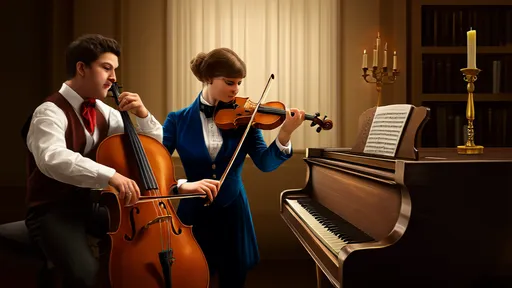
By /Aug 8, 2025
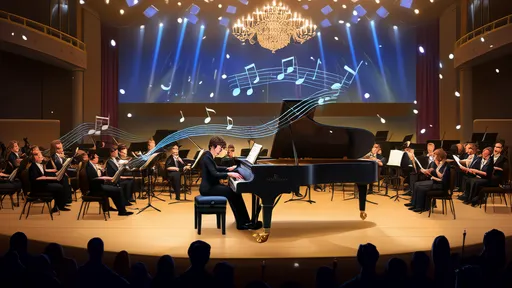
By /Aug 8, 2025
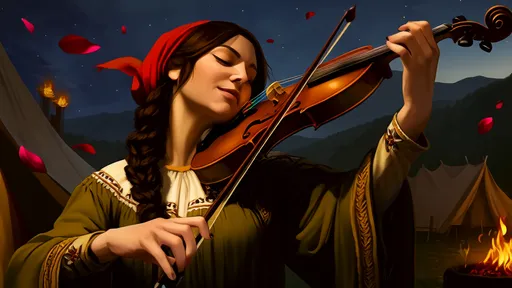
By /Aug 8, 2025
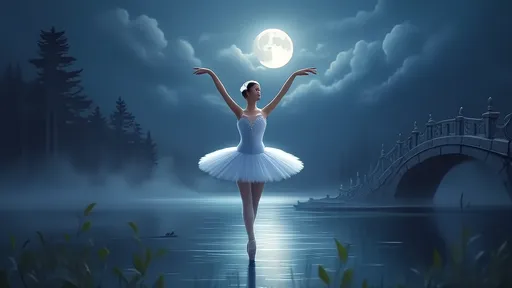
By /Aug 8, 2025

By /Aug 8, 2025
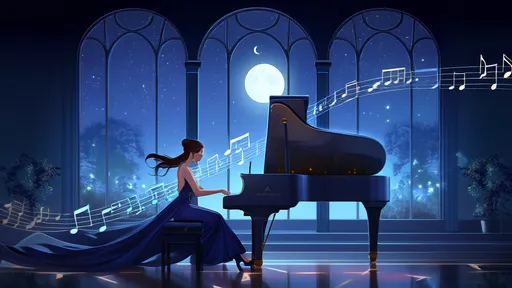
By /Aug 8, 2025
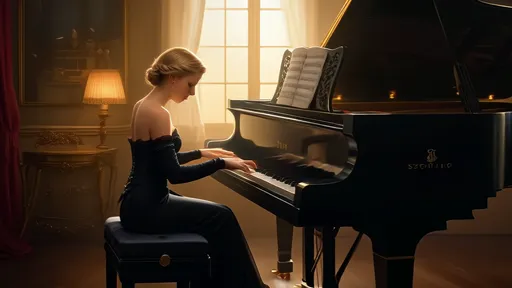
By /Aug 8, 2025
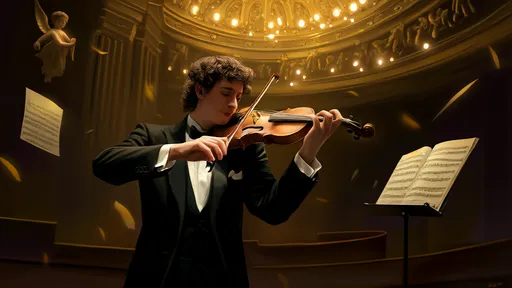
By /Aug 8, 2025
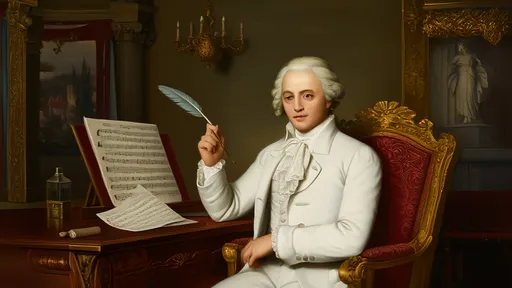
By /Aug 8, 2025
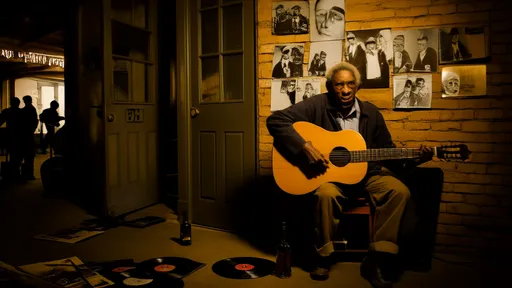
By /Aug 7, 2025
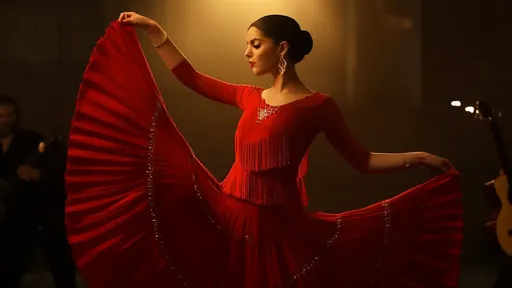
By /Aug 7, 2025

By /Aug 7, 2025
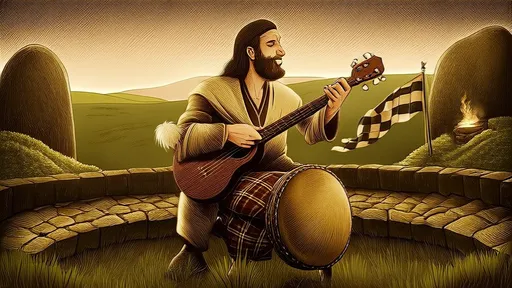
By /Aug 7, 2025
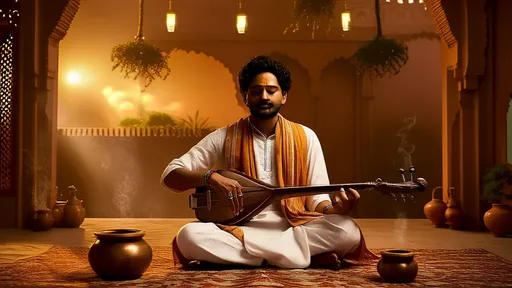
By /Aug 7, 2025
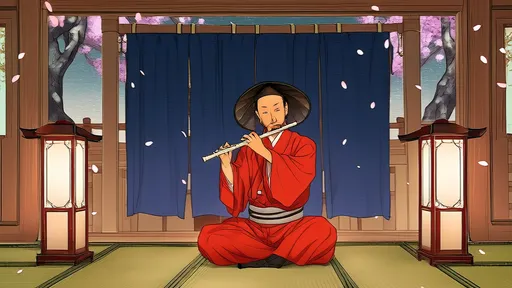
By /Aug 7, 2025
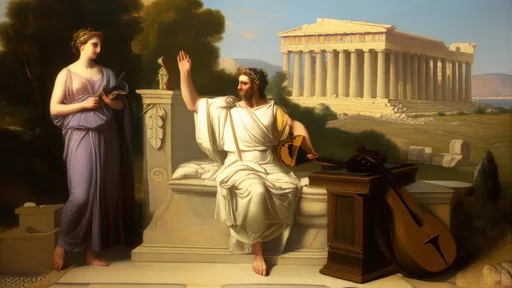
By /Aug 7, 2025
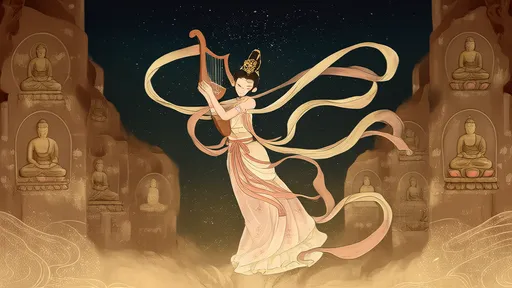
By /Aug 7, 2025
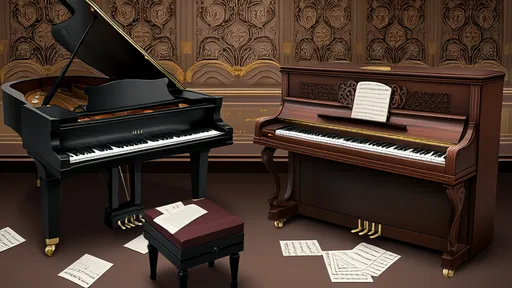
By /Aug 7, 2025
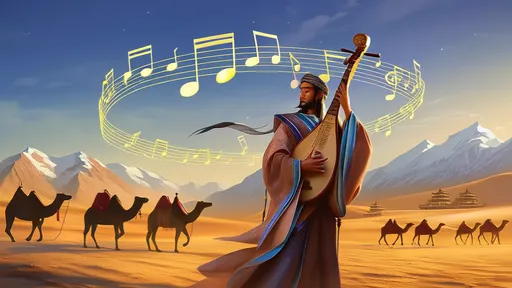
By /Aug 7, 2025